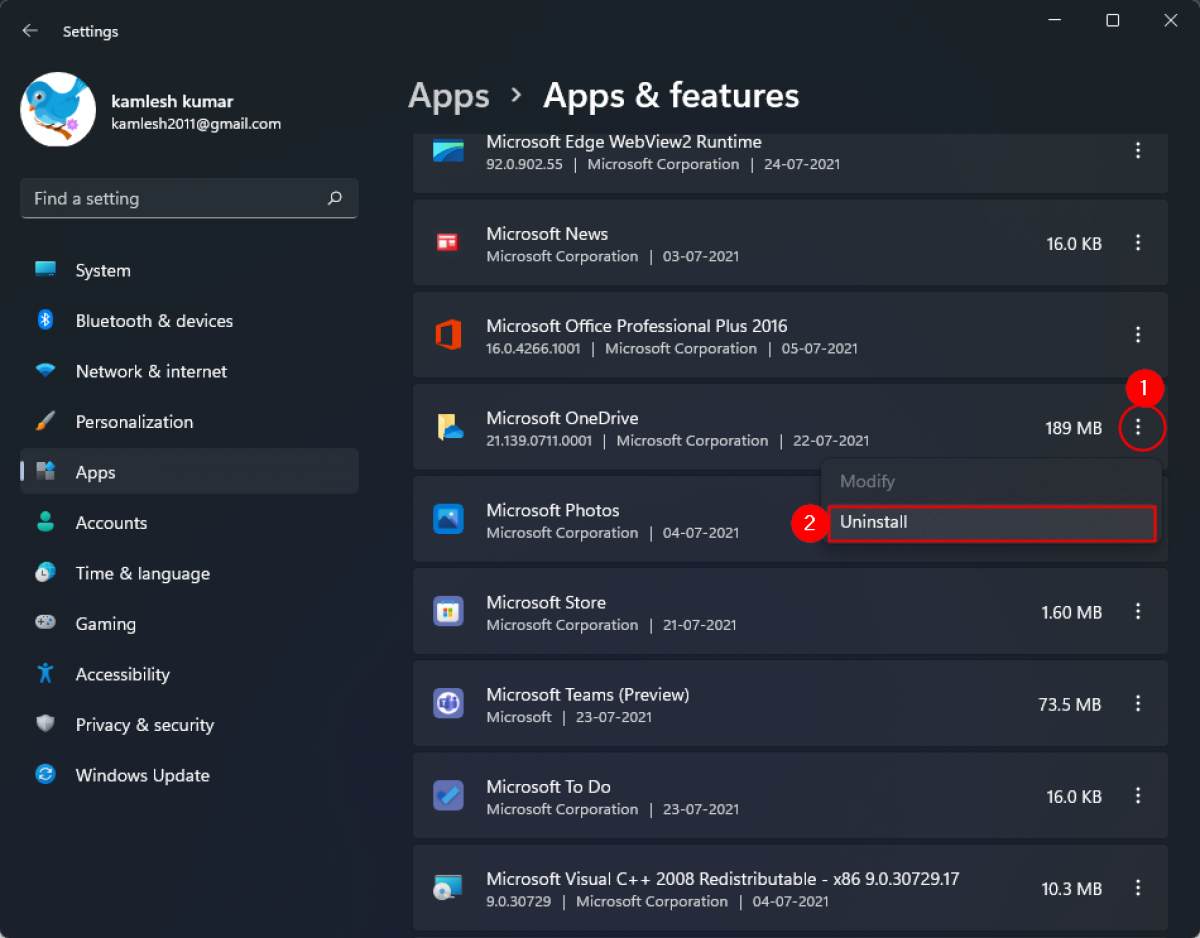
- Uninstall onedrive for business command line switches how to#
- Uninstall onedrive for business command line switches update#
- Uninstall onedrive for business command line switches windows 10#
Uninstall onedrive for business command line switches windows 10#
In Windows 8, press the Windows key, type Run, and then press Enter. Step 1: To remove OneDrive for business from File Explorer& first of all& right-click on OneDrive (company name icon)& then click on Exit. Tips to Completely Uninstall or Remove OneDrive in Windows 10 Uninstall OneDrive In Windows 10: 1: Open Command Prompt Administrative. At the Command Prompt, type the following command and hit Enter to terminate any process of OneDrive: taskkill /f /im OneDrive.exe.

Uninstall onedrive for business command line switches update#
Step 2 Update the Uninstall Command under O365 Deployment Type. Step 1 Create uninstall.xml file to uninstall Office365.
Uninstall onedrive for business command line switches how to#
The first step is to stop OneDrive’s background process and then tell OneDrive to reset itself. How to Uninstall Office 365 Using ConfigMgr. You can just copy and paste each of the below commands verbatim (each command is one line separated by an empty line), but please read along to understand what each command does. How to Turn Off Notifications on One Drive? First, search for cmd in the start menu, right-click on Command Prompt and select Run as administrator. Go ahead and open Windows PowerShell from the Start menu.

For 64-bit users SystemRoot\SysWOW64\OneDriveSetup.

Now Execute the following command to Uninstall OneDrive. Once you end the Process proceed with the further steps. taskkill /f /im OneDrive.exe This command will stop the OneDrive Process. As such, the steps to uninstall OneDrive is similar to uninstalling any other application. Open Command Prompt in elevated mode and type the following command. In comparison, uninstalling OneDrive on a Mac is fairly simple because it does not come integrated with the OS and does not have OneDrive as default location to save files.


 0 kommentar(er)
0 kommentar(er)
